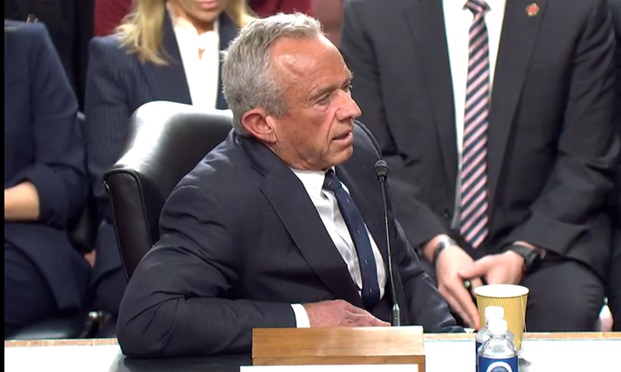Drug shortages in the U.S. are limited primarily to generic injectables and a few key disease areas, according to an IMS Institute for Healthcare Informatics study released Monday.
"Patients throughout the U.S., including hundreds of thousands being treated for cancer, may be at risk of treatment disruption due to drug shortages," said Murray Aitken, executive director, IMS Institute for Healthcare Informatics. "Understanding the nature of these medicines, their suppliers and the supply volume dynamics – and focusing sharply on the market and supply chains that are most impacted – are essential to formulating meaningful solutions to this complex, and often misunderstood, issue."
The study, Drug Shortages: A Closer Look at Products, Suppliers and Volume Volatility, examines drug shortages and recommends that health care stakeholders work toward the creation of an early warning system to minimize future patient care disruptions.
Recommended For You
Among the report's findings:
- The drug shortage problem is highly concentrated. More than 80 percent of products impacted are generics, and more than 80 percent are injectables. While representing a small part of the overall medicines market, affected products include a number of critical drugs used to treat cancer, infection, cardiovascular disease, central nervous system conditions and pain. Oncology drugs make up 16 percent of the products in short supply.
- The shortages involve a large number of suppliers, yet most drugs in short supply have only one or two manufacturers. More than 100 companies supply 168 products included on the shortages lists compiled by the U.S. Food and Drug Administration and American Society of Health-System Pharmacists. However, 51 percent of those products have only one or two suppliers. Thirteen companies have stopped supplying products on the shortages lists within the past two years. This leaves a growing number of products open to possible production disruptions that cannot be offset rapidly by other manufacturers.
- Total supply volume for many impacted products has been stable or growing – yet significant volatility exists among suppliers. The total monthly supply volume for all products on the shortages lists has increased 4 percent over the past five years. And, for more than half of the listed drugs, total supply is relatively stable or has increased. However, there are recent signs of increased volatility in the month-to-month supply of impacted products by specific suppliers, resulting in disruption to providers.
- For a group of 75 drugs, supply volume has fallen substantially. A subset of products has experienced supply declines of more than 20 percent in recent months, compared with a three-year base period ending in 2009. The per-capita supply of injectables has fallen more than 30 percent in 13 states, suggesting significant treatment protocol disruption for patients.
- The IMS Institute recommends that the FDA or healthcare industry establish an early warning system to improve drug supply monitoring. This system should include a volatility index, risk identification, demand forecasting and predictive modeling.
© Touchpoint Markets, All Rights Reserved. Request academic re-use from www.copyright.com. All other uses, submit a request to [email protected]. For more inforrmation visit Asset & Logo Licensing.






